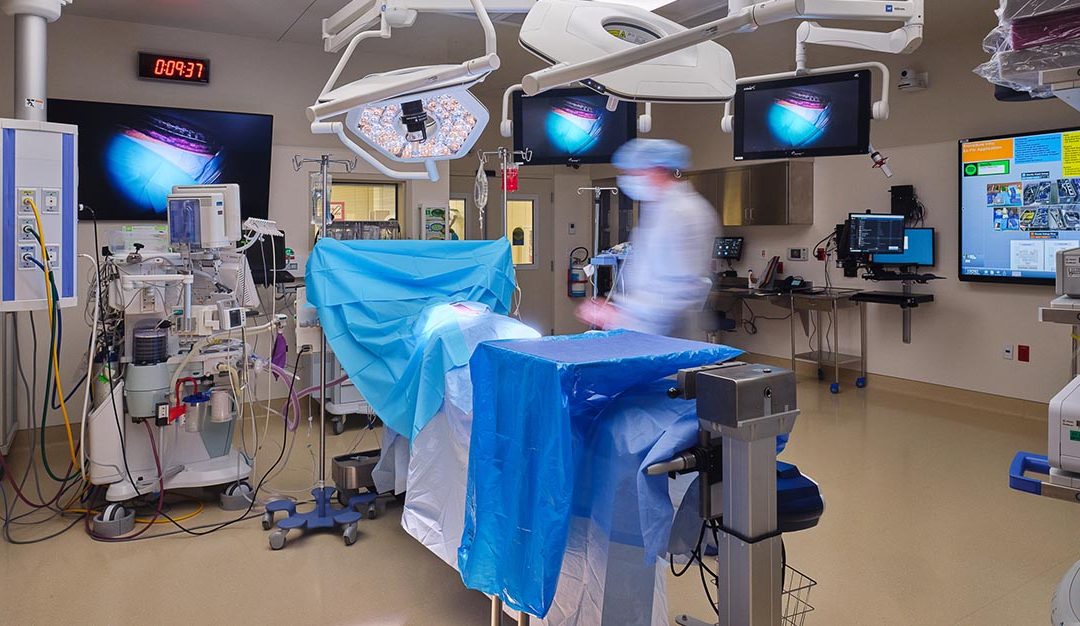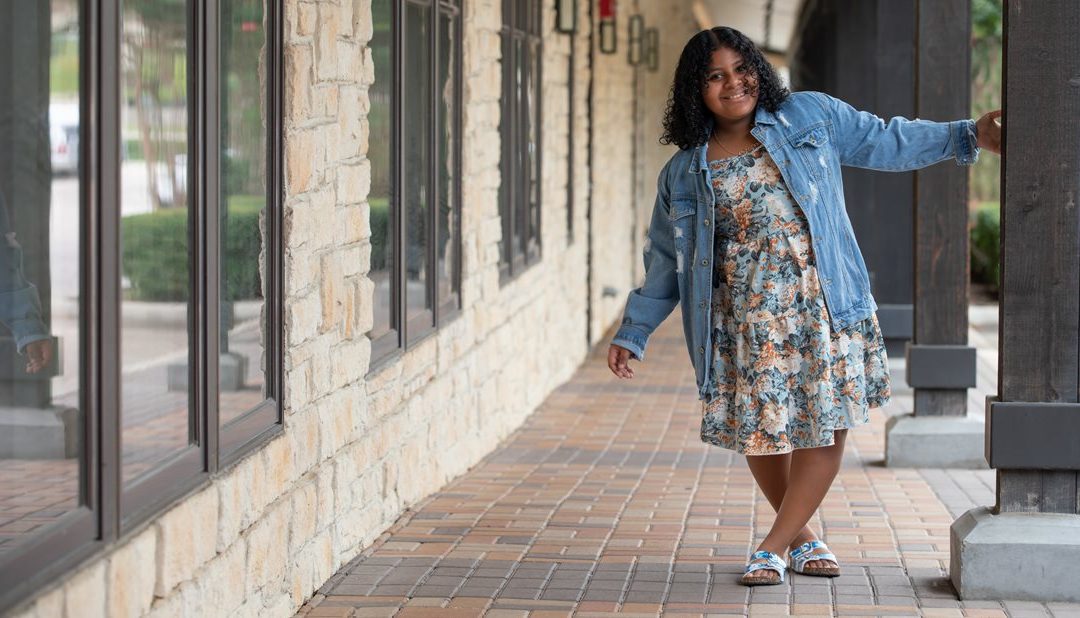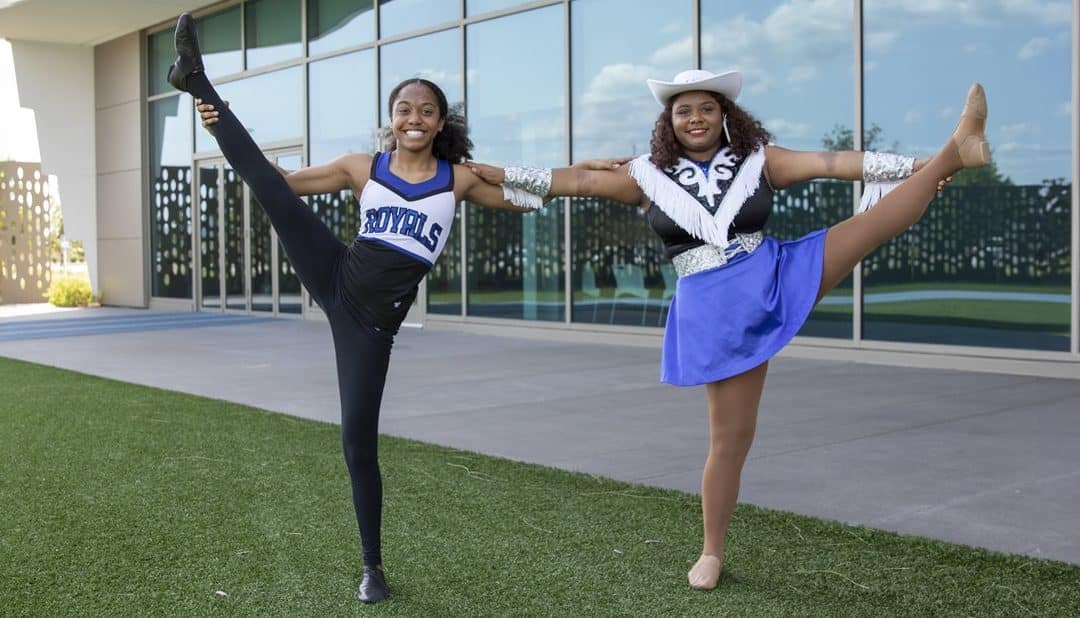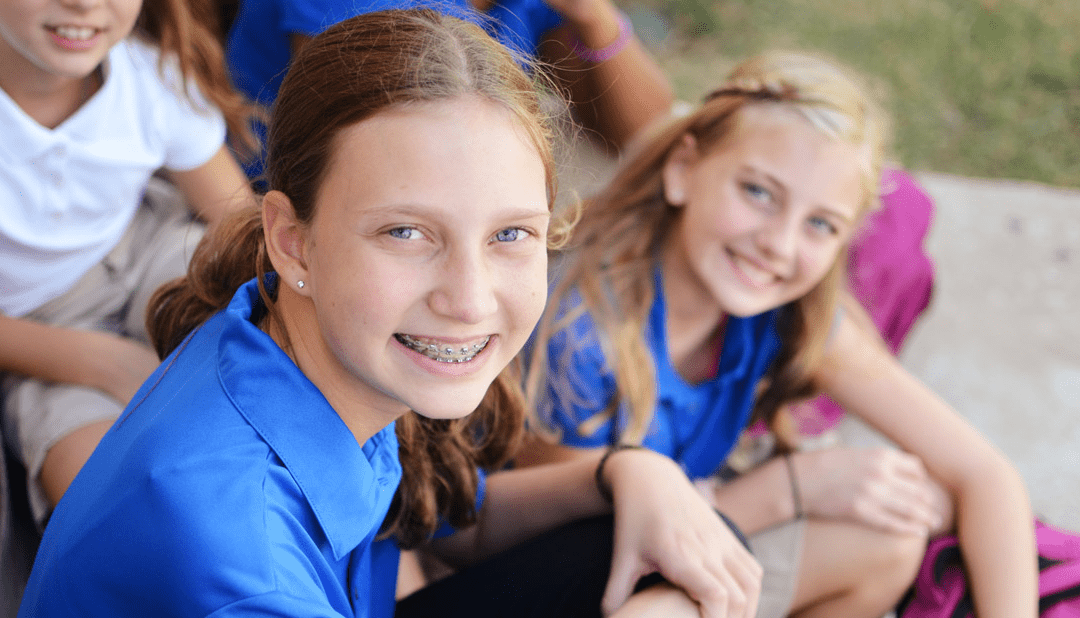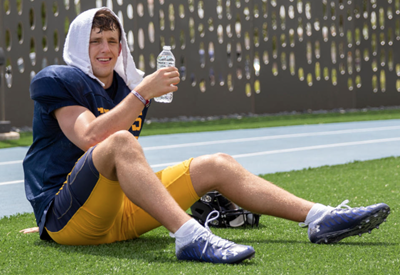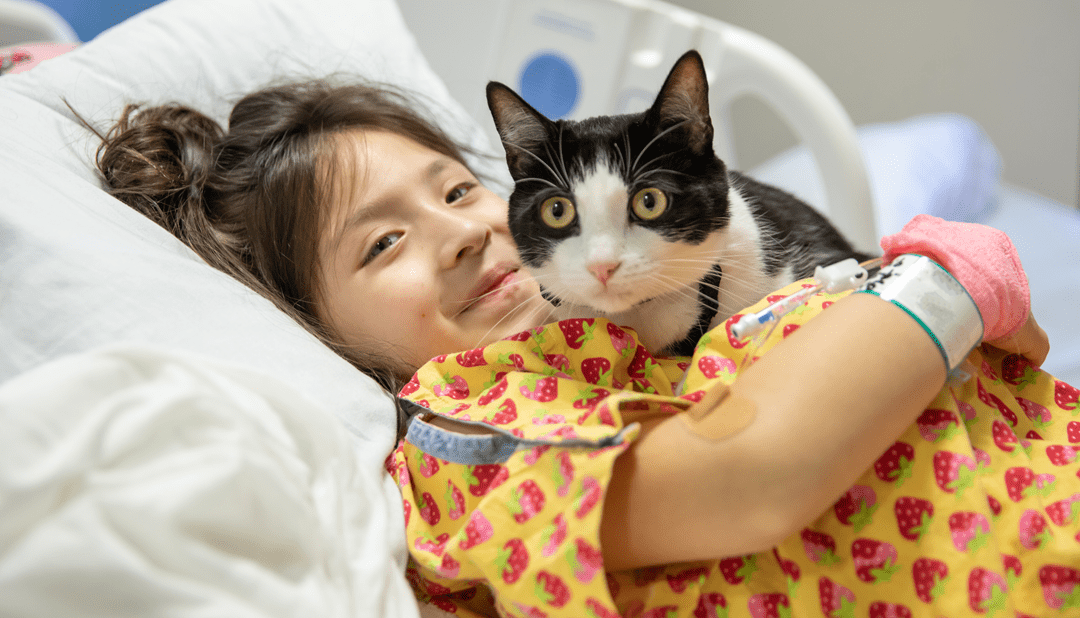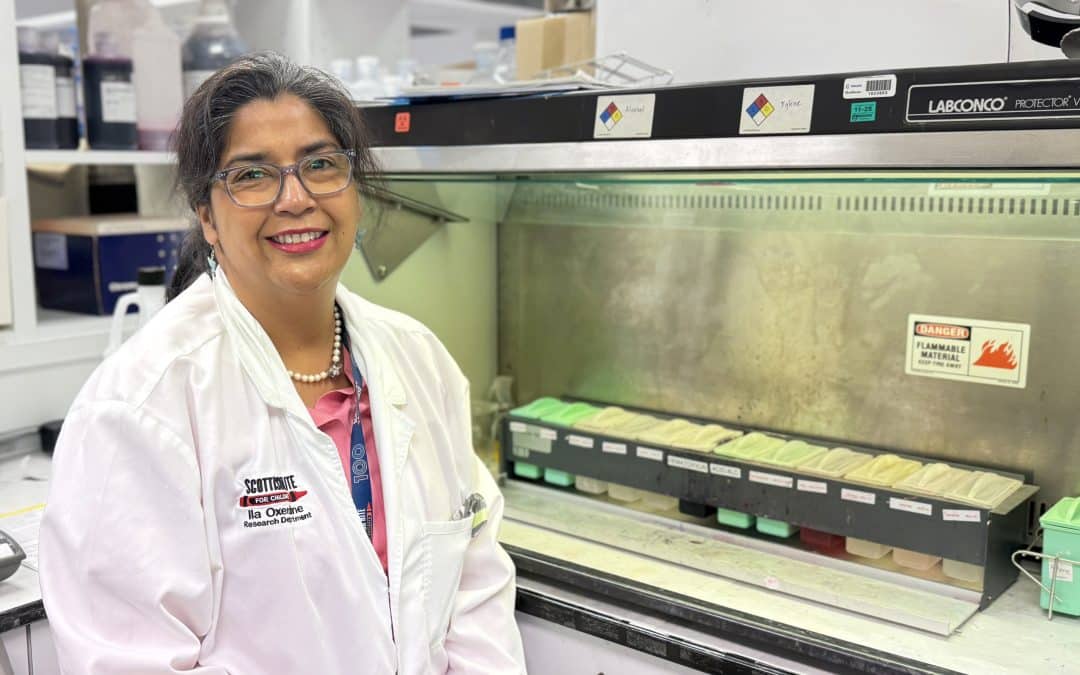
Get to Know Our Staff: Ila Oxendine, Research
What is your job title/your role at Scottish Rite?
I am a cell and tissue core coordinator, and I maintain the operations of cell culture facilities at the hospital. I also work with research labs that perform various experiments and procedures. Currently, the Cellular Path Lab is enthusiastically engaging in the world of histology procedures.
What is the most fulfilling part of your job?
In research, learning is a never-ending process that is always engaging to me.
What makes Scottish Rite a special place to you?
To me, Scottish Rite is a special place because of the unwavering support from my colleagues. Their kindness, thoughtfulness and camaraderie has always been a source of strength to me over the past 15 years. Together, we have navigated the joys and challenges of life. I could not have reached this point or achieved this much without their support and love. I am profoundly grateful to have such caring souls by my side.
What made you choose a career in health care?
I chose health care to have the opportunity to help people. In my case, I get to do that one experiment at a time.
What is something unique you get to do in your position?
I care for cells that grow in little dishes. These cells will be used in future experiments to answer questions and potentially lead to more questions about the cell’s life.
What’s your favorite thing to do outside of work?
I have many favorite things! I love my two fur babies, which is my dog named AnnaRose and my cat named Panda. I am very thankful for them. Also, I enjoy volunteering at Dallas Animal Services and Dallas Area Habitat for Humanity.
Do you have any hidden talents?
Some people may disagree, but my talent is making people laugh in my own way.
Where are you from, and what brought you to DFW?
I was already in the DFW area, because I am indigenous to the land. I am full-blooded Native American. My mother is from the Arapaho Tribe of Oklahoma, and my father is from the Lumbee Tribe of North Carolina.
If you could travel to anywhere in the world, where would you go and why?
First off, I need to do my travel! On my bucket list, I want to visit the Galapagos Islands, because it’s a unique place with plants and animals found nowhere else in the world.
If you had to pick one meal to eat for the rest of your life, what would it be?
I would eat plain oatmeal with quinoa, hempseeds, flax meal, walnuts, pecans and a dollop of no palm oil peanut butter. I would also include fresh fruit with a strong coffee made from Kona beans. Then, I would finish my meal with a pound cake that I bake.
What movie do you think everyone should watch at least once?
“John Wick” because you should never mess with someone’s dog.
Favorite DFW hidden gem?
Cedar Ridge Preserve. I love all trails.
If you were to have a movie based on your life, which actress/actor would you choose to play your character?
Meryl Streep. She has a very expressive face, and she is very talented.
What is some advice you would give your younger self, OR what’s the best piece of advice you’ve received?
There are two questions that you should ask yourself that have served me well. Is it worth the fight? If so, can you win? To me, my answer will be yes and yes!


